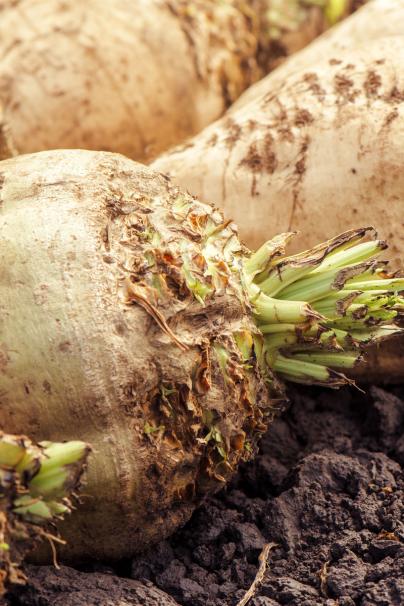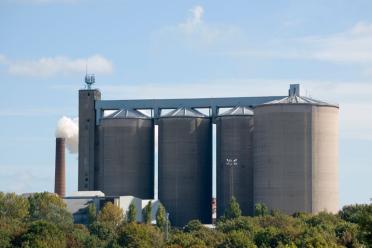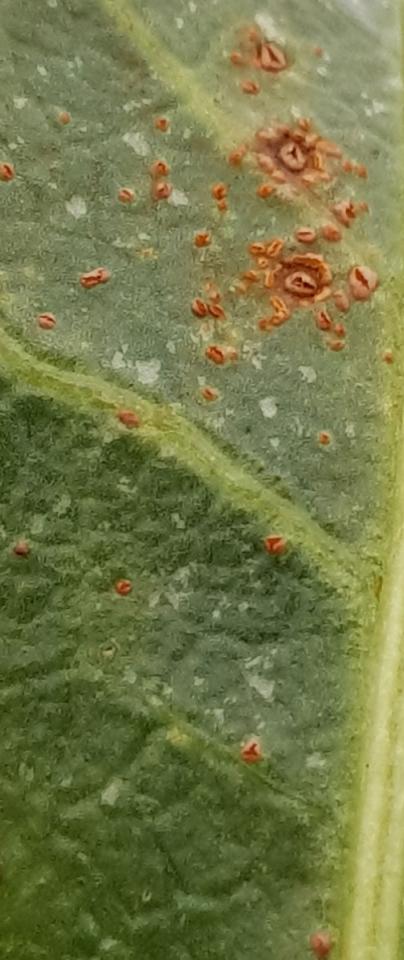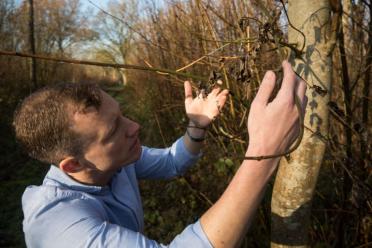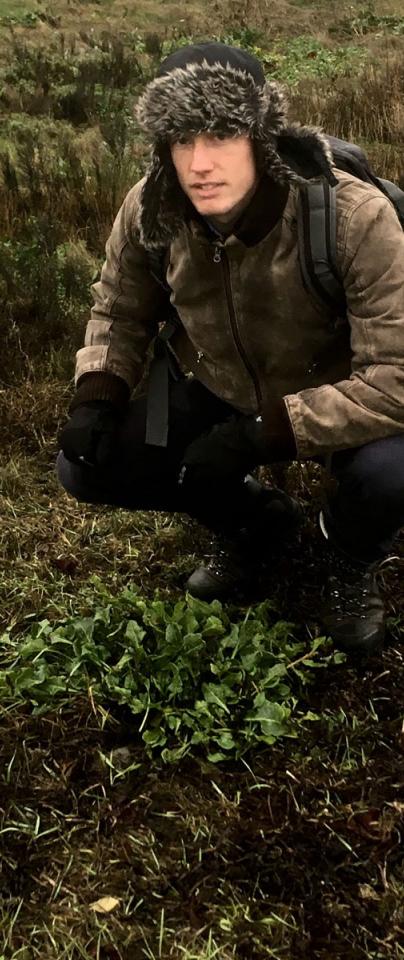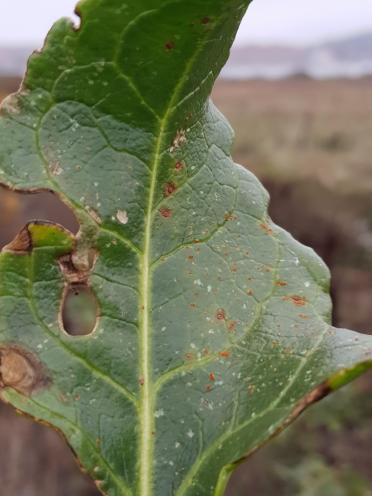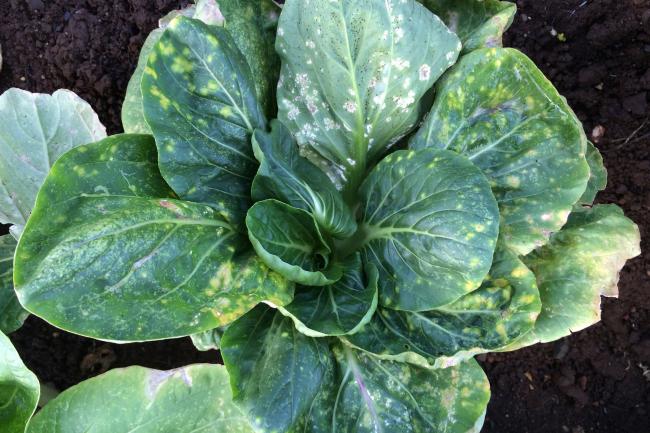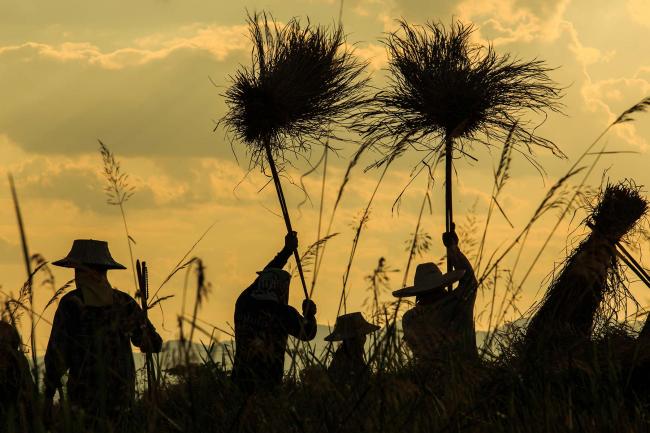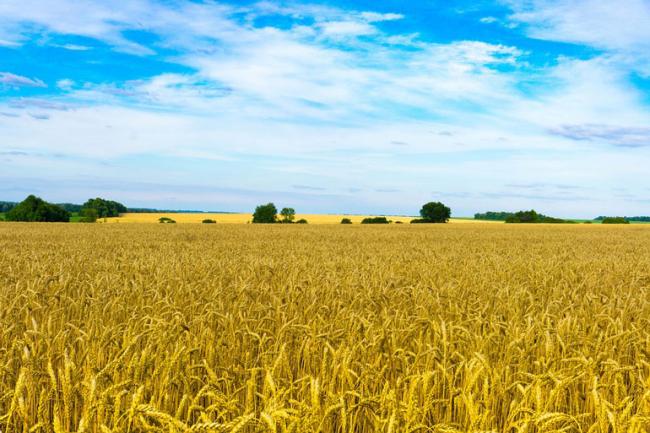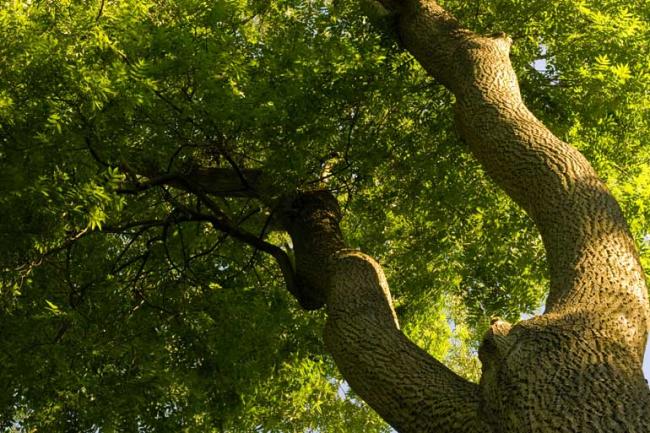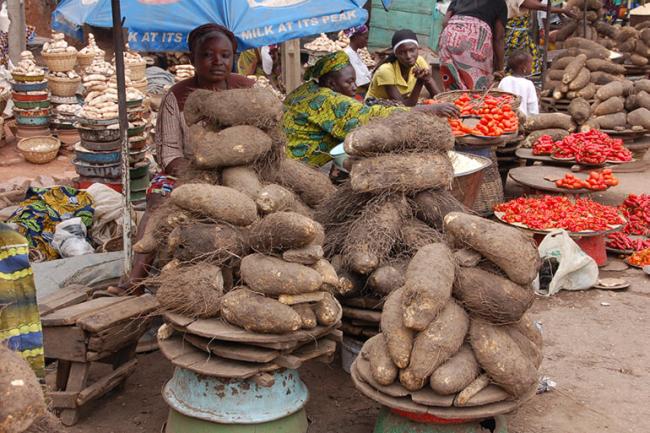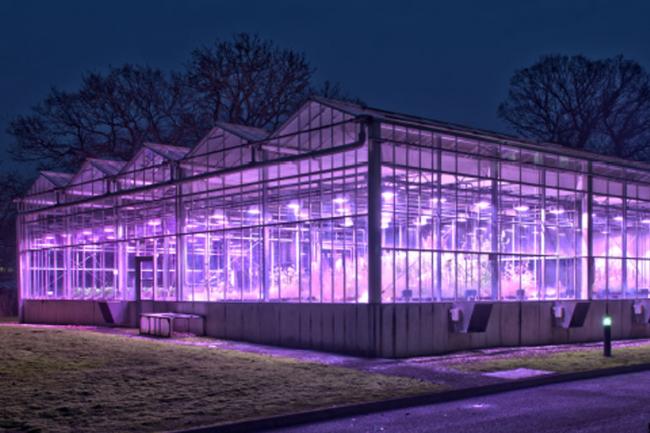As one of our most recently domesticated crops, sugar beet is really interesting to study; compared to wheat it’s an agricultural baby. Wheat was domesticated around 13,000 years ago in the Fertile Crescent, while beet was only domesticated between 200-400 years ago in Poland.
Sea beet, the wild relative of sugar beet, as well as living in close proximity to its domesticated cousins, also shares many of its diseases. This is extremely interesting, as it provides a unique example to explore the evolution of plant pathogens before they really have the chance to diverge.
You see, for many years, we have been studying agricultural pathogens without really understanding their wild progenitors. Mark thinks that this means that we have been largely missing what makes an agricultural pathogen so effective.
In crop breeding and genomics, the oft-proposed perspective is that we need to introduce variation from the wild relatives of crops. Crop domestication through breeding has inadvertently removed a lot of genetic variation. Therefore, to help crops withstand the diseases rampant in agriculture, we breed in novel sources of resistance that are still evolving in the wild hosts.
This is fine, but probably only tells half of the story. What if there is variation that we’re missing?
There are plenty of diseases that don’t traverse the wild-agricultural boundary. What is the difference between those that don’t and those that do?
It’s only by looking at the pathogens of wild relatives of plants, such as sea beet, and comparing them to their agricultural counterparts such as sugar beet and beetroot, that we can properly identify what makes a successful agricultural disease.
